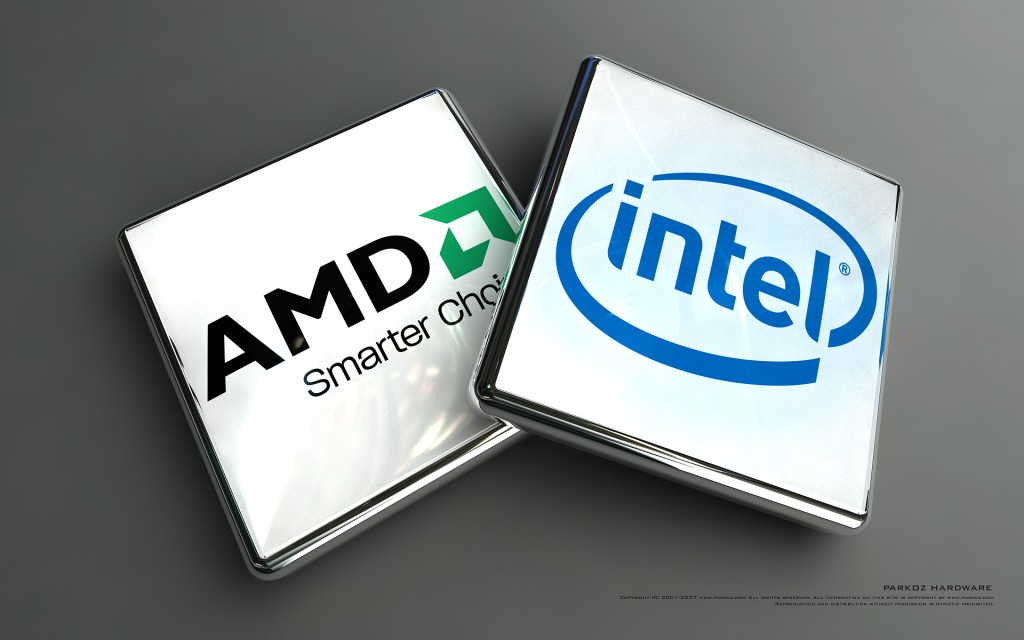Prior to this group project, I was uneasy about the idea of working in a group – I thought to myself that in order to achieve the best possible result, I need to do it myself. However, my Comm 296 Marketing group helped change my perception on the matter. I was able to gain trust in my classmates as the assignments progressed and everyone worked hard to ensure assignments were completed by the given deadline. This isn’t to say that everything was done in a perfect manner, but that it was done well with what resources we had at the time.
A problem we made was in underestimating the amount of work needed at times. The first assignment resulted in a last day cram session with our group in order to complete it on time and was a stressful day for us all. We improved our timing by planning more regular meetings in preparation for the next assignment which developed much more smoothly.
There were quite a few difficulties with completing the final video project due to some technical problems, but I’m happy with how it turned out given our constraints and problems at the time of the video/editing process. I believe that everyone committed a fair amount to the various assignments and overall this proved to be an excellent learning experience on the benefits of group work.


